Shapes are one of the most powerful tools in graphic design. They can be used for anything from creating appealing user interfaces to add a personal touch to your photos.
But how do you use shapes to maximum effect? How can you be sure that your designs will be effective? And what are the most important things to consider when using shapes in your work?
In this article, we’ll be going over some tips on how to use shapes effectively with examples from my own work as well as other designers who’ve used them in unique ways.
We’ll also cover a few different techniques that you can use to get started using shapes yourself!
How do shapes affect graphic design?
The use of shapes can have a huge impact on your design, from the way it looks to the way people interact with it.
Shapes can be used in many different ways and for many different purposes, but we’re going to focus on two specific areas that are especially important: visual hierarchy and aesthetics.
Using shapes to create a visual hierarchy is one of the most common uses for shapes in graphic design.
This technique involves using different-sized or shaped objects to create a visual hierarchy that helps the viewer understand what’s important in your design.
You can use this technique in any way that benefits your project, whether it’s an illustration with multiple characters or just a few text-heavy blocks of information.
Psychology of Shapes in Graphic Design
1. Square and Rectangle
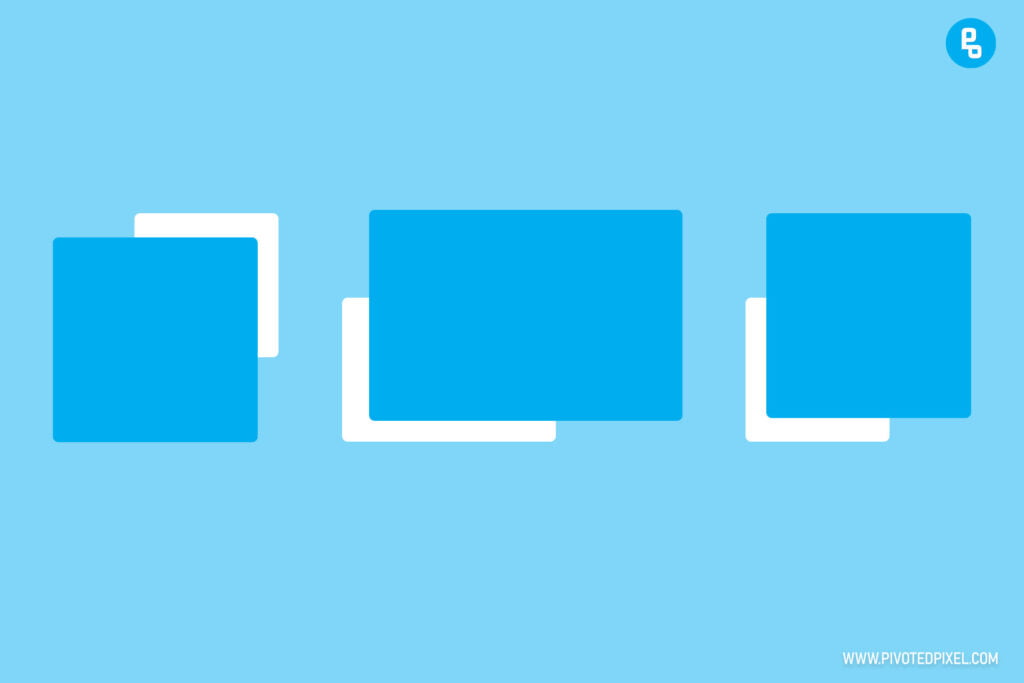
Squares and rectangles are the most basic shapes. They can be found in everyday life, from buildings to houses to anything else that has straight lines.
They’re also some of the easiest shapes to use effectively because they tend to be very simple and don’t require much effort on your part!
Another reason why squares and rectangles are great is that they can be used for more than just simple blocks.
For example, if you make a rectangle with rounded corners and add some depth to it, it looks like a box. This is one of the most common ways that designers use straight lines in their work!
The most basic way to use squares and rectangles is to just place them on your page.
You don’t need any fancy skills or techniques, just use a ruler and draw straight lines! The key here is consistency; when you’re using simple shapes like these, it’s important that they all have the same size and shape so they look good next to each other.
2. Circle
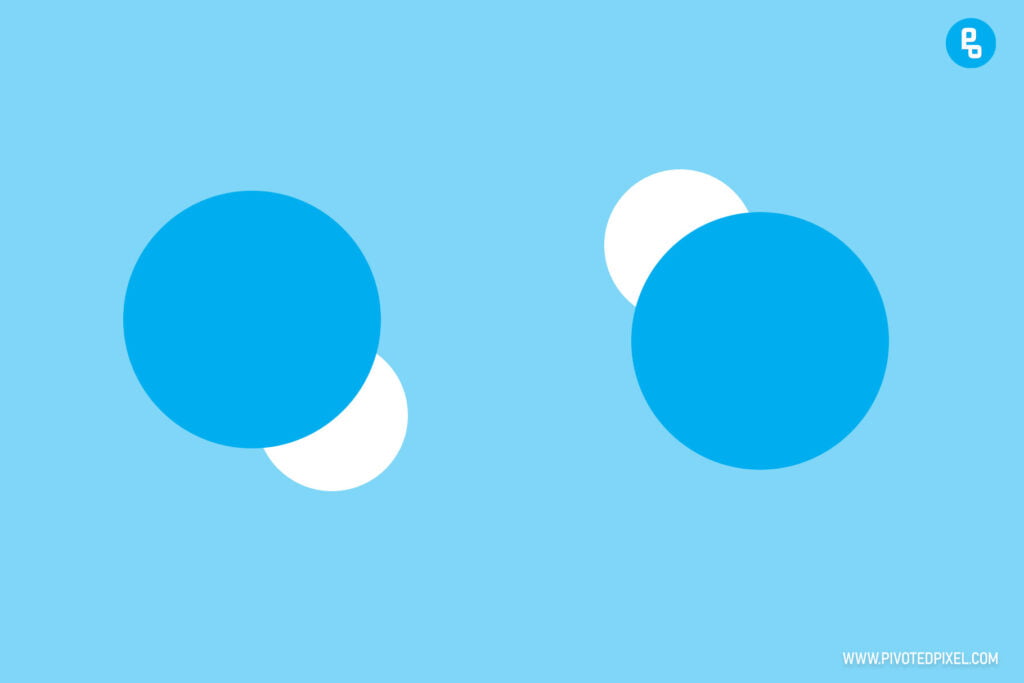
The circle is one of the most popular shapes in graphic design. The reason for this is that it represents unity, wholeness, and the universe.
It’s also a symbol of perfection, as well as infinity and harmony. Circles have been used by many religions throughout history as well as in astronomy and astrology.
Circles are commonly used in logos and icons to represent concepts like unity, wholeness, perfection, and the universe.
They can also be used to represent concepts like harmony, eternity, and infinity. Circles are a great shape for creating a focal point on your website or social media profile page.
The sun and moon are both represented by circles (the sun being golden), so it makes sense that they would be popular symbols among cultures around the world.
The symbol of a circle is one of the oldest and most universal symbols in human history. The circle has been used to represent concepts like wholeness, perfection, unity, and infinity. It’s also a common shape for creating a focal point on your website or social media profile page.
Check out our latest post on Top 15 Best Graphic Design Firms in the United States
3. Triangle
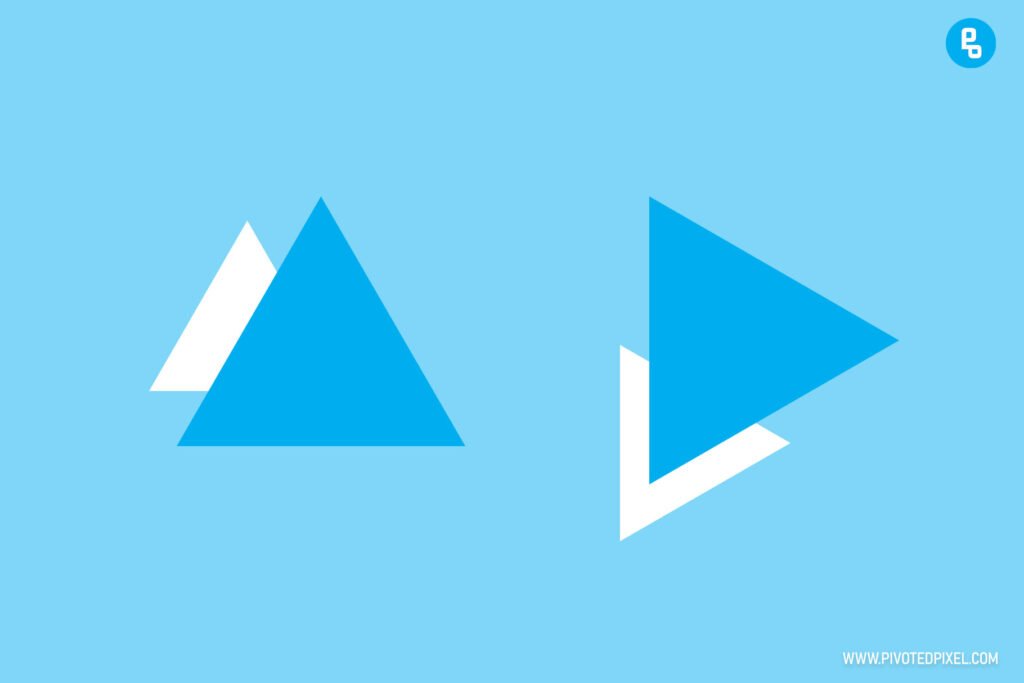
Triangles are generally associated with masculinity and strength. They’re also a symbol of stability, which makes them useful for creating a sense of stability in your design.
Triangles are also very common geometric shapes that you’ll see in many different types of art. The triangle is often used to represent the feminine form, as well.
Triangles can be used to create a sense of movement, too: by placing two triangles on top of each other at different angles, you create an illusion that one triangle is moving behind another (a concept known as “motion parallax”).
This technique is frequently used in logos like Coca-Cola’s script mark or IBM’s iconic logo.
Triangle shapes also have the ability to give images height when placed vertically; this adds depth and dimensionality to flat images such as icons or illustrations.
In some cultures—like those of the Native Americans and Egyptians—triangles are considered a symbol of balance and equality. They’re also associated with fire, which makes them useful for conveying energy or passion in your design.
4. Pentagon, Hexagon, and Octagon
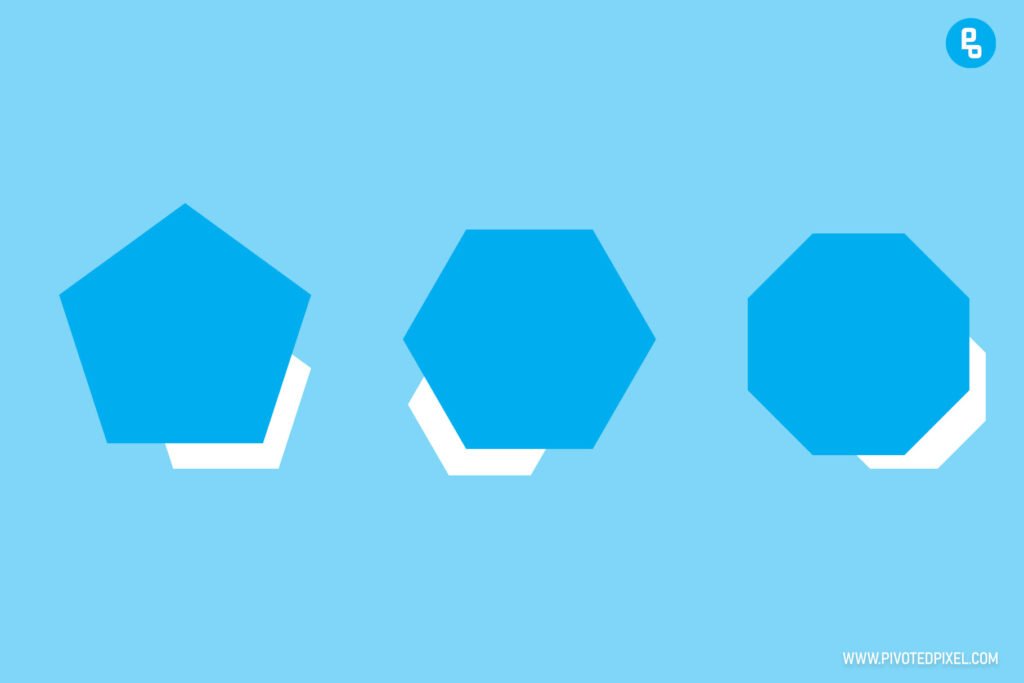
The Pentagon, Hexagon, and Octagon are all multi-sided shapes. They’re similar to triangles in that they can be used to create depth in flat images—but unlike triangles, their points aren’t sharp so they have a softer feel.
Pentagons are sometimes associated with the element of air, so they’re useful for conveying lightness or freedom.
Hexagons can be used to convey stability and strength, as well as a sense of order.
Octagons are often associated with the earth—so they’re good for conveying stability and strength too.
You can use them as backgrounds for icons or illustrations that need a soft focus effect; or apply them as filters over images (like Instagram does).
The Pentagon is a regular 5-sided shape, the Hexagon is a 6-sided shape and the Octagon is an 8-sided shape.
All three shapes can be used to create convex regular polygons that are symmetrical about their center point.
All three shapes are convex because they have no indentations or concavities. They’re also regular polygons because all of their sides are the same length and all angles are equal.
5. Natural Shapes

The psychology of natural shapes in graphic design is a fascinating topic. We can use these shapes to subconsciously influence the way people feel about your brand, product or service.
Natural or organic shapes represent elements from nature, such as animals and leaves. These shapes are unique in their own way—unlike geometric ones that consist of angles and points.
The difference between organic and geometric shapes is that the former are irregular in shape, whereas the latter are regular. Organic shapes can be either concave or convex, while geometric ones are always convex.
Organic shapes can be found in nature. They are irregular and asymmetrical, unlike the regular, geometric ones.
Unlike geometric shapes, natural ones represent the natural world and have clear symbolic connotations.
The presence of a rose in a painting might be used to convey love or passion; A mountain range could symbolize strength or grandeur.
Organic shapes are also more difficult to draw than geometric ones because they represent the natural world.
If you want to create an organic shape, first find an example of one in nature and then try to replicate it on paper.
6. Abstract Shapes

Abstract shapes are used in graphic design to represent objects or ideas that don’t have a definite form. Abstract shapes are not always symmetrical, and they have no meaning or association with the object they represent.
For example, an uneven curved shape is an abstract shape because it doesn’t represent anything in particular. It can be used to create the illusion of motion or speed when placed in front of other objects.
An abstract shape could also be used as an outline for a more realistic form.
For example, if you’re drawing a person but don’t have time to add all their details, start with an abstract shape and then add more details over time.
They can be used for minimalistic or modern designs because they don’t show any detail or texture, but rather focus on lines and angles instead.
As with geometric shapes, you can create an abstract shape using a ruler or compass. This will help you keep your lines straight and the edges sharp.
Here is our trending post on Top 12 Ways to Use Photography in Graphic Design
7. Spirals
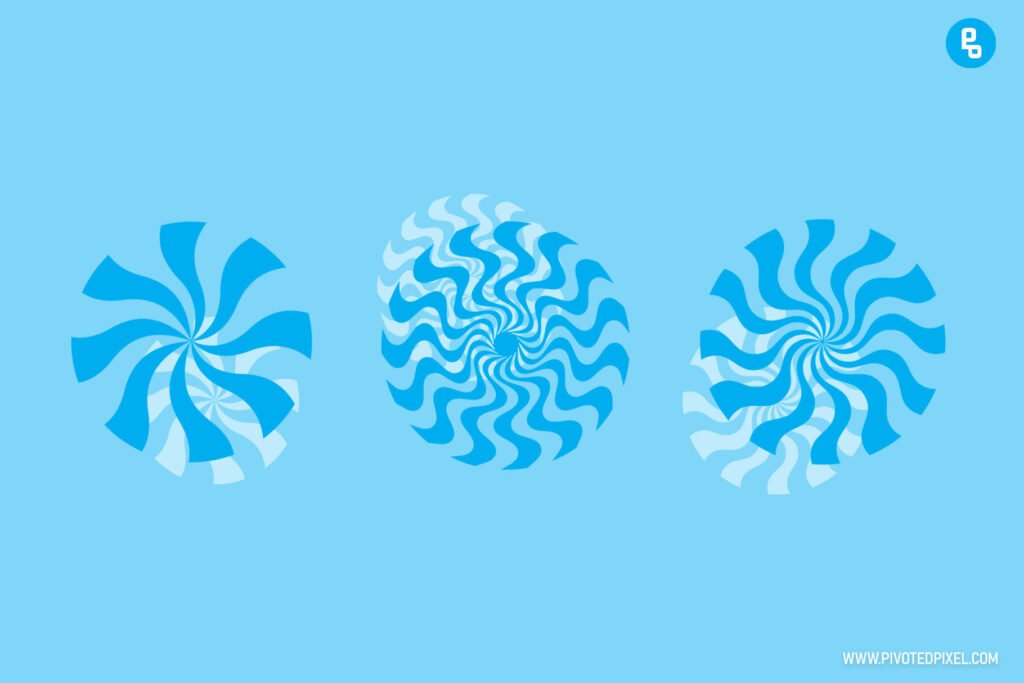
Spirals are a common shape in nature, design, and mathematics. Spirals can be seen in everything from seashells to DNA molecules to galaxies.
They can be symmetrical or asymmetrical and are often used in nature as part of plants, animals and other living things.
Spirals are a common shape found in many forms of art, including Egyptian hieroglyphs and Native American pottery.
Spirals can be found in many different areas of design. They are often used to create hypnotic effects or create a sense of movement. They can also be used to give a feeling of balance and harmony.
In art, spirals are often found in paintings that depict nature or the cosmos–they’re popular with artists because they evoke feelings of wonder and awe.
The spiral shape has also been used for thousands of years as an architectural element (such as on the Taj Mahal).
8. Symbols and Icons

Symbols are a form of an icon. Like other icons, they can be used to convey meaning without text and are often used in branding and logo design.
They can also be used to communicate messages without words, like the universal symbol for “no smoking” or a recycling symbol on an item’s packaging.
These symbols help people understand what something means without having to read any text about it–they’re visual shortcuts for ideas that everyone understands regardless of where they come from or what language they speak!
Symbols are often used to communicate ideas without words, like the universal recycling symbol.
An iconography is a form of visual communication that uses symbols and icons to represent a story or idea in a way that everyone can understand.
For example, if you were reading about the ancient Egyptians, you might see an image of an obelisk to represent their culture because obelisks were one of their most popular architectural elements (like on the Great Pyramid at Giza).
Conclusion
The shapes we use in graphic design are more than just tools to create an image. They can tell us a lot about the purpose of a piece and the message it’s trying to convey.
It’s important for designers to consider what kind of shape best suits their project so that they can make sure every aspect of their work aligns with this goal.
We hope this has been a helpful introduction to the world of graphic design shapes and how they can be used to create better designs.
Recommended reading: 8 Basic Types of Graphic Design You Should Know
FAQs
What is the psychology of shapes in design?
The psychology of shapes in design is the study of how human perception is influenced by the physical characteristics of objects. It explores how different shapes affect our mood, behavior, and ability to process information.
Why are shapes important in graphic design?
Shapes are important in graphic design because they can convey meaning, set the tone of a piece, and give the reader a sense of the message. There are many different shapes that can be used to communicate a message, including circles and triangles.
How does shape affect graphic design?
Shape affects graphic design because it defines the spatial relationships between elements in the composition. In other words, shapes define where things are in relation to each other.
What is shape theory in graphic design?
Shape theory is a way to describe shapes as they relate to the user’s understanding of the world. This can be applied to graphic design in order to make designs that are more effective, and it can also be applied to other areas of design, such as architecture or industrial design.
3 thoughts on “The Psychology of Shapes in Graphic Design (2023)”